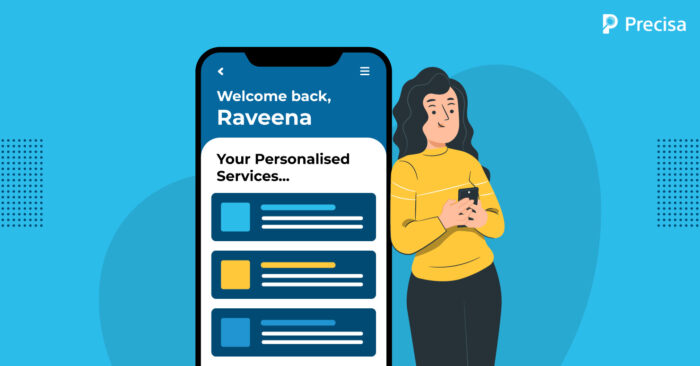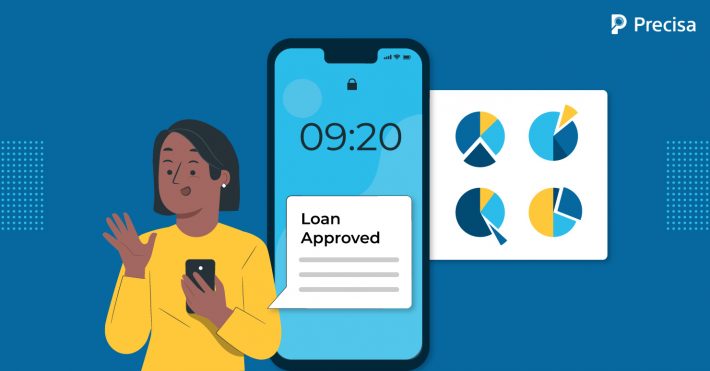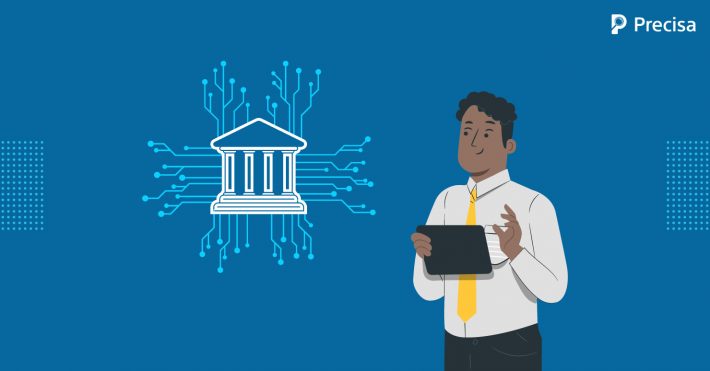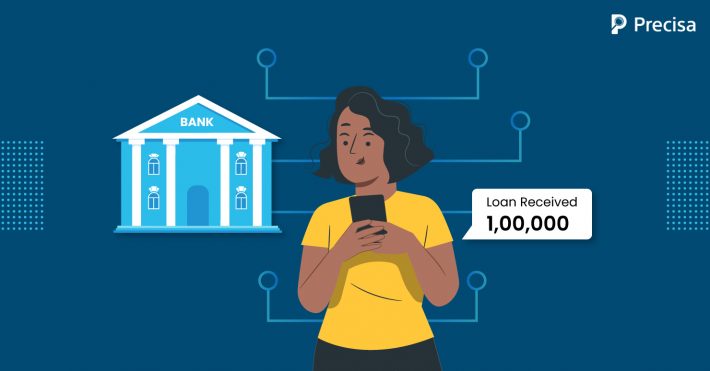Open Banking: Meeting Digital-Savvy Customers’ Expectations
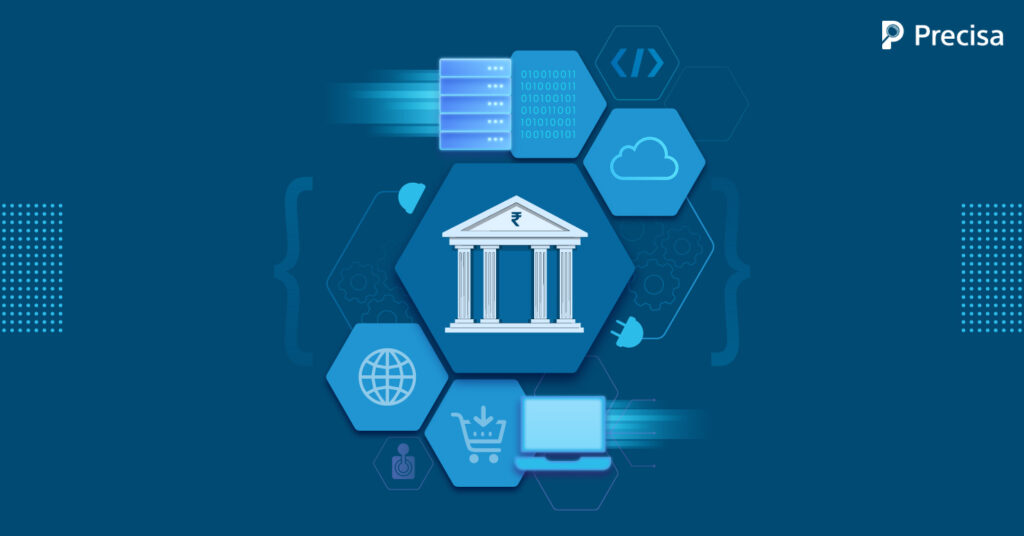
The rapidly evolving digital space has impacted the banking and finance sector and triggered a massive transformation. The emergence of innovative technologies like fintech solutions, APIs (Application Programming Interfaces), and new regulations are transforming how people use financial services. These developments have also given rise to a new-age banking practice, open banking.
Simply put, open banking is the process of banks and financial institutions opening up data for regulated third parties to access, use and share. It helps banks develop solutions to meet the new-age digitally savvy customers’ expectations and promotes inclusive lending.
Open banking is gaining popularity globally. In India, it has witnessed a 611% growth in customer accounts. The number went up from 180 million in September 2021 to 1.1 billion in August 2022.
In this blog, we will discuss whether open banking could cater to the dynamic needs of tech-savvy customers on a large scale.
Open Banking Sets Customer Data Free
Banks have strictly governed their customer data for safety and privacy reasons, making it difficult to use it effectively in real time. However, with the relaxation of restrictions to some extent without compromising data security, financial providers can now access consumer data from other banks, making financial data access consistent. Although it significantly depends on the customers’ permission.
Moreover, the Reserve Bank of India developed the Account Aggregators framework in September 2021 to further facilitate access to facilitate open banking.
Application Programming Interfaces (APIs) are not a new concept; however, modern APIs are simple, standardised and secure, allowing different financial providers and systems to integrate and access data.
Therefore, open banking hands over control of data back to consumers, who can permit apps and firms to use the information in ways that benefit the users.
Open Banking: Solution to Meet Evolving Customer Needs and Expectations
Research by UK brand loyalty experts Ello revealed 72 % of respondents were loyal to their bank or finance provider, and 60% admitted that ‘bad interactions’ had damaged their loyalty. 50% of the surveyed said they would pay more for a service if they trusted the provider, and almost a quarter wished their bank offered more perks. Only one in five felt their bank valued them as a customer.
Bank customers, especially the youth, are often more tech-savvy and want features like one-click payments, account dashboards, accessible support, and useful recommendations for their financial decisions. Customers expect these data-driven services from all banks and other providers.
Open banking can offer a solution for the banking industry to design better products that utilise diverse abilities and expertise in the financial sector collaboratively without compromising safety.
Here are some ways in which open banking helps banks meet the demands of tech-savvy customers:
1. Open Banking Enables Personalised Services
Faster and more reliable data accessibility allows banks to offer their customers increasingly tailored services and products.
Modern users typically access a wide range of digital services, which generates a lot of valuable data. Real-time access to these crucial data points and information helps service providers meet ever-evolving user demands and offer dynamic services. This is something that traditional banks often struggle to provide.
Moreover, personalised services enhance customer perception and induce brand loyalty. The standardised process allows banks to align with third-party companies facilitating product development and innovation.
2. Prompt Access to Credit
Open banking enables lenders to provide faster credit to consumers the exact moment they need it. It also allows them to improve their models continuously and create new products.
Open banking helps consumer lending companies develop processes to improve customer conversion and approval rates and lowers operating and administrative costs.
One of the most significant benefits of open banking for the digital-tech-savvy consumer has been Buy Now, Pay Later (BNPL) services which are a game-changer for customer shopping and payments. Open banking has facilitated the BNPL trend helping credit reach the last mile. It has also helped small businesses increase their sales and conversion rate with timely credit availability to users.
BNPL allows consumers to buy products and services in instalments across different establishments. People without any credit history or a credit card can access credit through this service.
3. Better Control over Personal Finances
Open banking solutions help users improve personal finance management. Products and services that offer timely advice and guidance for optimising finances can give customers better control over their finances.
Through account aggregation, open banking also fetches and displays data from various bank accounts in one consolidated view. This particularly helps customers with multiple accounts, solving the difficulty of not having complete visibility into each of them simultaneously. As a result, users can make better financial decisions and cut down redundancies and high maintenance costs.
Using multiple relevant data points, FIs can offer customers valuable tips on saving money and products that align with their finances and financial goals.
4. Open Banking Reduces Service Costs
Be it shopping or booking tickets, the tech-savvy consumer, with the help of digital tools, is looking for ways to reduce their service costs. Open banking paves the way for lower fees than traditional banking channels, making them more affordable for customers.
A standardised system also allows for cheaper transactions.
Embedded finance helps banks lower operational costs by partnering with consumer-facing platforms, which can bring the bank a broader user base. Banks can pass the reduced costs to consumers without compromising their profitability.
To Sum It Up
As digitisation gains ground and becomes more embedded in our daily lives, consumer demands are evolving. Changing consumer demands, technology innovation and revised policies motivate FIs to develop more customer-friendly products and services.
Open banking allows banks, FIs and TPPs to collaborate and meet customer expectations. Banks need intelligent solutions to integrate their systems with technology providers and account aggregators and aid them in decision-making.
Precisa, a cloud-based Bank Statement Analysis solution with intelligent automation, offers efficiency and reliability to financial operations. It also has effective GSTR Analysis and Account Aggregator Integration tools for helping decision-makers in lending, insurance, wealth management, and personal finance.
Learn more about the solutions Precisa offers and how they help businesses make data-driven decisions.
Call for a demo now!

